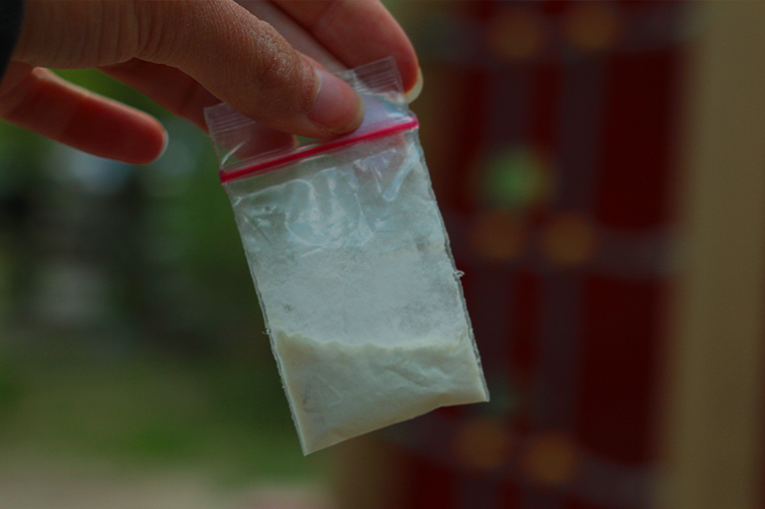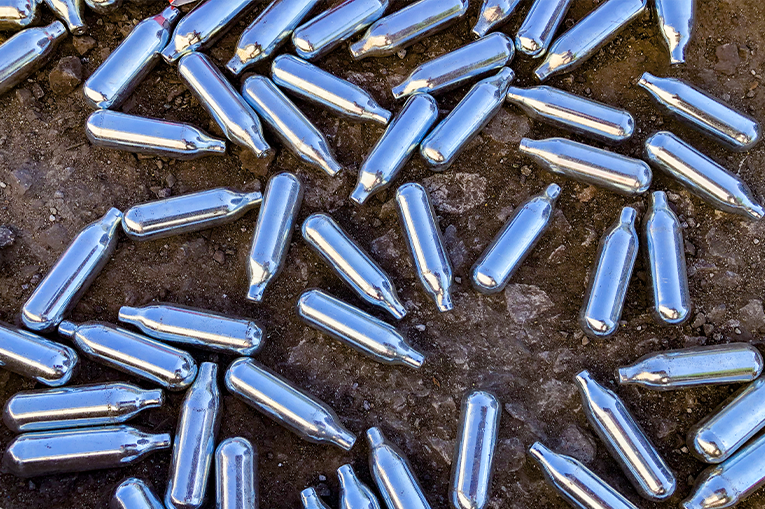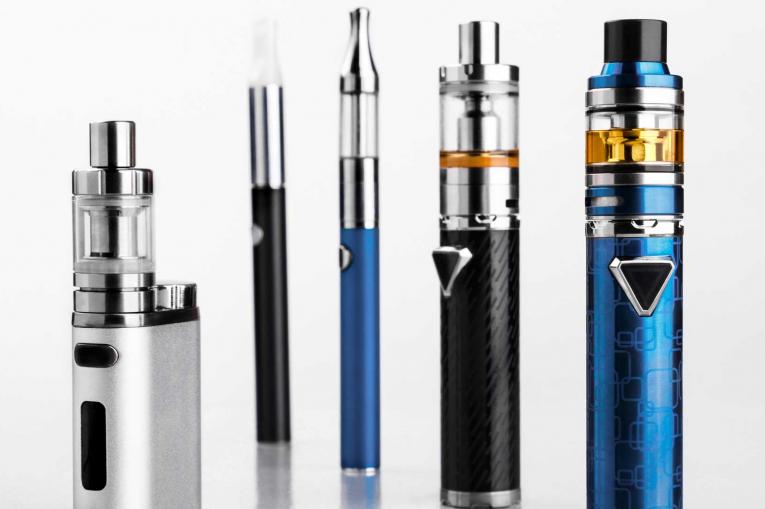Different drugs and what they do
But for every chosen effect, there will be many more unintended ones, which can really impact your mental and physical health, especially if you’re not expecting to feel that way.
We’ve created a quick guide to some of the more common drugs below – with links to read about each in more depth.
Not found what you’re looking for? Take a look at Talk to Frank’s detailed drug directory.
Not knowing what drug you are taking and how strong it might be could mean a higher chance of experiencing negative effects. It can also increase the likelihood of an overdose. We’ve shared advice on contaminated drugs.
Spiking is also on the rise. This usually involves someone adding drugs or strong alcohol to your drink without you knowing. Read more about spiking.

Ketamine
Ketamine is a dissociative drug – this means it can make you feel detached from your body or surroundings, and it can affect your mind and body. It is usually a grainy white powder and is usually either snorted, swallowed or injected.
With higher doses, you may experience a distorted reality or hallucinations. You may find it hard for you to move or control your actions. This is known as a K-hole. Some people find this fun, for others it can be very scary.
Ketamine is a Class B drug. If you use it regularly, there is a high chance that you will experience health issues such as bladder damage. This can be severe and life-changing, and in some cases irreversible.
People may use ketamine purely for fun, or to manage trauma or anxiety – but any use can quickly lead to dependency.
MDMA (ecstasy)
MDMA alters your mood and increases your energy. You may hear it referred to as ecstasy, MD, mandy or molly. It is a popular party drug because it can make your surroundings and music feel more intense. It can also make you feel more affectionate.
MDMA is sometimes mixed with other things that can affect its strength. This means you can never be sure what you’re taking, so go slow, and avoid mixing it with substances like cocaine or alcohol. The reactions can be very unpredictable and dangerous.

Nitrous oxide
Nitrous oxide, also known as NOS, nangs or laughing gas, is taken as a recreational drug. Usually, people fill a balloon with gas from a canister and inhale it. NOS can make you feel happy and relaxed, as well as dizzy and sick. People often take it at parties, festivals and outside bars and nightclubs.
NOS is used by dentists as an anaesthetic, and by chefs for cooking, which is why it’s easily available. However, nitrous oxide is a Class C drug and you can be arrested and charged for possessing it, unless you have a valid reason for using it in your work.
Read our advice for using nitrous oxide.
Cannabis (weed)
The main types of cannabis are herbal cannabis (weed), hash and skunk. The effects of cannabis are different for different people and for different types. Some people say it makes them feel relaxed, happy or more chatty than usual. Other people say it can make them drowsy and like they don’t want to do anything. It can also make people scared, confused or anxious.
Although it’s very common, cannabis is a Class B drug. This means it’s illegal for you to possess, or to give to someone else, and you can be arrested and charged for these offences.
Learn how to stay safe while taking cannabis.
Cannabis can also be mixed into food or drinks or taken as a pre-made edible. Find out more about edibles.
Steroids and other image and performance enhancing drugs (IPEDS)
IPEDS are drugs that change how you look, or that enhance your strength or physical performance. They include anabolic steroids, growth hormones, weight-loss drugs and skin and hair drugs.
There are some risks involved when taking IPEDs, including negative changes to your mood and wellbeing. Some IPEDs have been linked to liver damage, heart disease, high blood pressure, the growth of breast tissue in men, erectile dysfunction and more.
Injecting IPEDS can also cause injuries and infections and make you vulnerable to HIV, hepatitis C and hepatitis B.
Read more about the risks of IPEDs and how to stay safer when taking them.
Speed and other amphetamines
Amphetamines are stimulants, which give you energy and keep you alert and awake. They include speed and ‘study drugs’ like Ritalin and Adderall.
The comedown from amphetamines can be very unpleasant and last for several days. They can make you feel very tired, depressed and anxious. They can also weaken your immune system and make it extremely hard to sleep.
Injecting amphetamines can damage your veins and arteries. Speed in particular is usually very impure, so it is also easy to overdose from an injection.
Read more on how to reduce the risks of taking amphetamines.

Vaping
Vape devices were designed to help people quit smoking. While they are much less harmful than smoking cigarettes, they still have many harmful effects on your body, particularly your heart and lungs, and you can easily become addicted as they contain nicotine.
Vapes are legal, but it is easy to buy illegal vaping devices which may be larger or contain more nicotine than the law permits. You may not even realise this when buying. Vapes can also be used to inhale illegal substances such as THC or spice, which can have very dangerous side effects.
Learn more about vaping and how to recognise illegal devices.
Cocaine
Cocaine is a Class A drug also known as coke, sniff, blow or Charlie. It is a stimulant that can make you feel excited and full of energy. It will make your heart beat faster and you might sweat a lot more.
Cocaine can look like other white powdered substances, so you can never be sure of what you’re taking. It is often bulked out with things such as caffeine, talcum powder or laundry detergent.
You should avoid mixing cocaine and alcohol, or any other drugs, as this can put a lot of strain on your heart and liver. Drink water to stay hydrated.
Spiking
In most cases, being spiked involves someone adding something to your drink. This is usually a substance like a ‘date rape’ drug or strong alcohol. Spiking someone is illegal. Being spiked can be scary and affect your physical and mental health, but it is never your fault, and you should not feel guilty or ashamed.
If you notice any changes to the appearance or taste of your drink, pour it away. If you’re in a bar or club tell staff or security right away.
We’ve shared helpful guidance on how to recognise the signs of spiking in yourself, or your mates, on our spiking advice page.
Comedowns
After using substances, you may feel differently as the effects start to wear off. You might feel tired, low in mood, irritable, nauseous or like you have the flu.
If you’re planning a night involving drugs, read our advice on how to manage the morning after and how to look after your mate during a comedown.
